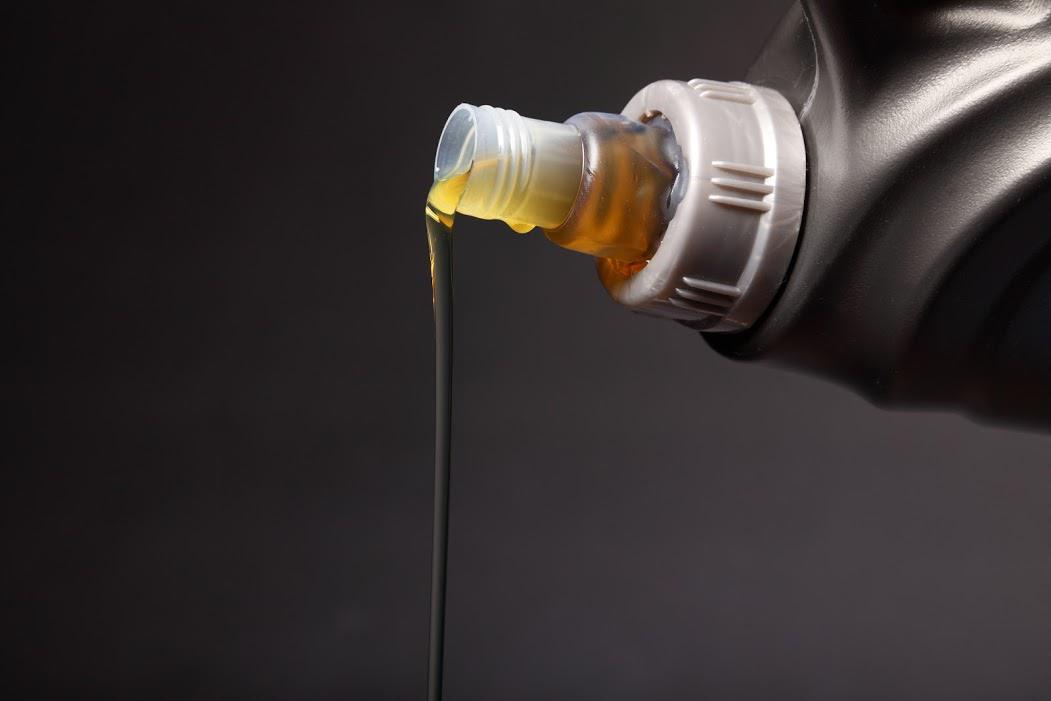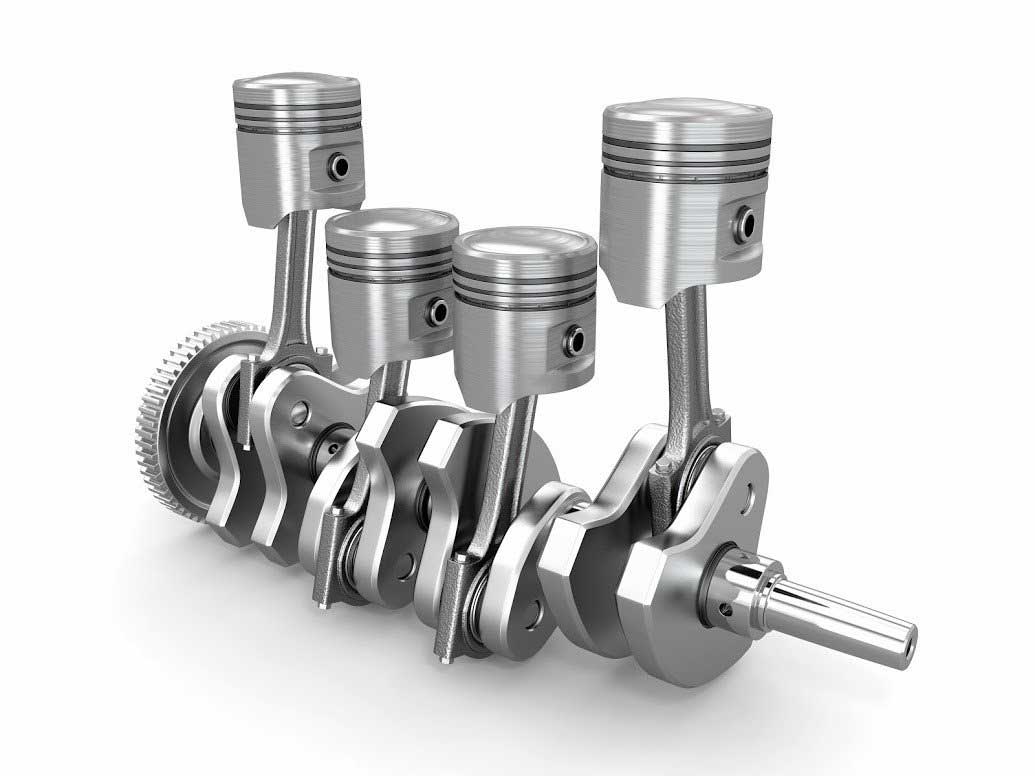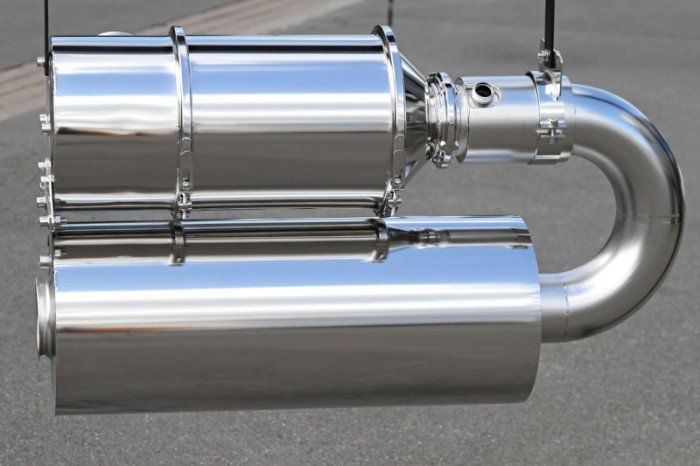DUALTONE AUTOMOTIVE
Serving San Diego since 1946
Call us Today! 858-273-8745
Diagnosing Your Automotive Fluid Leaks
- By Author
- •
- 21 Nov, 2018
- •

Today's automobiles rely on fluids to provide everything from hydraulic power to internal cooling. Your brakes, transmission, engine, and power steering systems all rely on fluids to function properly. For that reason, nothing strikes fear into a car owner quite like the sight of fluid puddling up beneath a parked vehicle.
Many
people fail to address such leaks simply because they do not know
which particular fluid is escaping. Fortunately, even relative
amateurs can learn to identify the fluids they find beneath their
car. If you would like to improve your automotive troubleshooting
skills, keep reading. This article discusses how you can narrow down
fluid leaks based on color.
1. Blue Fluid
Even if you have no previous mechanical experience, you can probably already diagnose the source of blue fluid leaks: your windshield washer system. Virtually no other fluid system in a car uses blue fluid. A smaller percentage of windshield cleaning fluids have a green color, which means you could hypothetically confuse them with coolant.
In either case, you can usually verify a windshield leak by examining the consistency of the fluid, which should be thin and watery. Likewise, windshield fluid has an easily recognized odor much like that of household window cleaner.
2. Red Fluid
If the fluid you find beneath your car has a reddish tinge, you can narrow the source of the problem down to two systems: your power steering or your transmission. Both of these systems use hydraulic power to accomplish their tasks. In fact, some make of automobiles use the exact same fluid for both systems.
Both fluids have a slick consistency not unlike motor oil, although usually somewhat thinner. If your car uses different fluids for the power steering and transmission, you can often identify the culprit using your nose. Power steering fluid tends to have a distinctive odor which people often describe as being like that of a slightly burned marshmallow.
3. Brown Fluid
If you make a point to have your fluids regularly flushed and replaced with fresh fluid, a brown leak can only mean one thing: motor oil. Fresh motor oil has a light brown color that gradually darkens as the fluid ages. Likewise, motor oil has a unique smell and a thick, slippery feeling on the fingers.
Brown fluid leaks can sometimes prove misleading for those who have not kept their vehicles properly maintained. In such cases, the brown fluid may not actually be motor oil. Other fluids such as power steering fluid, transmission fluid, and brake fluid undergo color changes as they age. Gradually the more colorful tints grows darker due to oxidation.
Eventually those fluids may appear every bit as brown as motor oil. Therefore, you should never blindly assume that brown fluid indicates a motor oil leak. Instead, take your car to an experienced professional for a more accurate diagnosis.
4. Yellow Fluid
Yellow fluid may indicate leaks in one of two systems: your brakes or your cooling system. Fresh brake fluid has a delicate yellow coloration that darkens as it ages. Coolant comes in a wide variety of colors, including green, pink, and yellow. Many mechanics suggest stocking a car with green coolant, since it presents less confusion in the event of a leak.
You can distinguish between coolant and brake fluid through a smell test. Coolant has a distinctive sweetish odor as well as a somewhat slimy feeling. Brake fluid, by contrast, has a more bitter smell, one often described as resembling fish oil. Brake fluid also feels much oilier to the touch than coolant.
If you suspect that your car has developed a brake fluid leak, you must seek professional attention as soon as possible. For more information about identifying and resolving your fluid leaks, contact the auto repair pros at Dualtone.
Browse Our Website
Hours of Operation
- Mon - Fri
- -
- Saturday
- -
- Sunday
- Closed
Dualtone will be closed for the following holidays:
- 4th of July
- Labor Day
- Thanksgiving Day
- Christmas Day
- New Years Day
Hours of Operation
- Mon - Fri
- -
- Saturday
- -
- Sunday
- Closed








